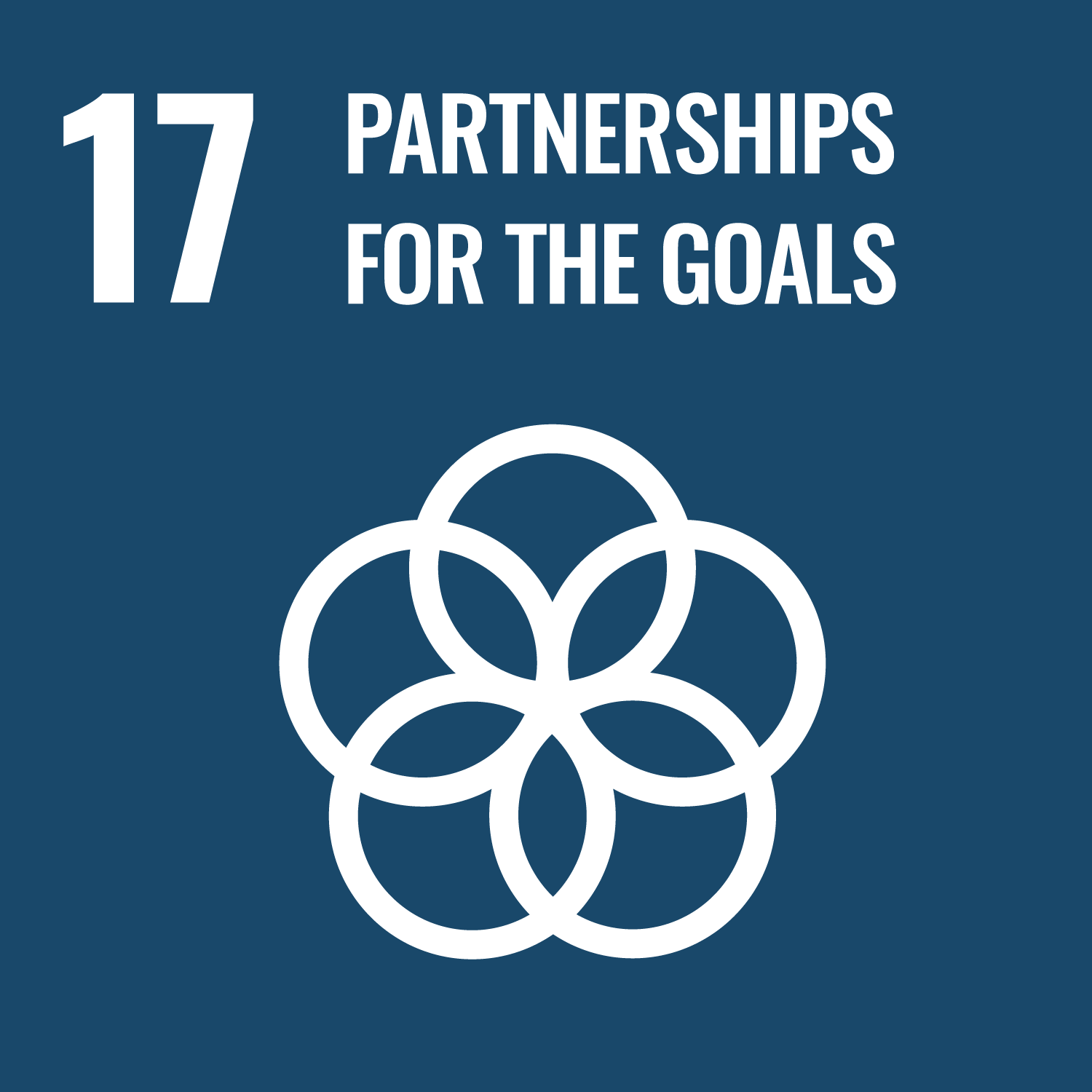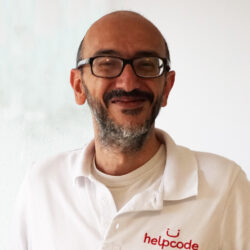DigitALL
General objective
Reducing educational poverty and the digital divide with innovative methods targeting children and teens and their educators.
Specific objective
OS1. Improve know-how and tools for digital education among the educating community with co-designed process and innovative teaching methods;
OS2. Reinforce digital inclusiveness and educational alliances in local communities, with a network approach, establishing shared educational pacts in the community.
Expected results
DIGITAL SCHOOL 70% improvement in skills in the use of technological, digital and STEM methods and tools for education among both students and teachers in the educational community targeted in the project;
DIGITAL INCLUSION 70% improvement in skills in the use of technological, digital and STEM methods and tools for education among both students and teachers in the educational community targeted in the project;
DIGITAL ALLIANCES improvement in skills in the use of technological, digital and STEM methods and tools for education among both students and teachers in the educational community targeted in the project.
DigitALL aims to fight educational poverty and break down the digital divide with a collaborative, participatory approach involving all players in the educating community. Families, children, teachers, local institutions and educators join forces to build a shared vision and essential skills in use of digital technologies.
Now more than ever, digital education of young people must be a shared commitment: children live in a world that is heavily influenced by technology and digitalisation in all aspects of everyday life. It is therefore essential to ensure continuity and consistency in the educational approach on all levels. Every individual, whatever his or her circumstances, has the right to access digital technology and be taught to use it conscientiously.
The project acts to achieve these goals on a number of fronts. First of all, it focuses on skills and innovation in the tools and methods available to the educating community, particularly schools, the principal place of aggregation and socialisation of a community. It is then extended outside the walls of the school to reach particularly vulnerable categories: this effort aims to make the community more inclusive and meet the need for education on various levels in the area, bridging the digital divide that often isolates particularly vulnerable people, with activities specifically targeting children in hospital, kids and families in the charge of social services, and elderly members of the community.
Lastly, the project aims to strengthen support networks in the community, promoting alliances among adults,
educators, local institutions and the young people themselves. This kind of collaboration is essential to improve the effectiveness and impact of the actions. Creation of a “Pact for digital education” shared with all members of the community represents a powerful tool for guiding actions, choices and behaviours in the present and future toward inclusive, conscientious digital education.
Cost of the action
71.900 €
Beneficiaries
Total direct beneficiaries: 700
- C Cornigliano: 170 students.
- IC Teglia: 100 students.
- IC San Teodoro: 120 students.
- Seniors in the central and western part of the municipality: 20 seniors, with intergenerational courses.
- Patients in Gaslini children’s hospital: 20.
- Boys and girls in educational centres in the area: about 30 minors in educational centres will be reached
- Families: 150. 120 families reached in the three schools; 30 families identified by social services’ mid-west branch among those in the charge of children’s and family services
- In addition, 45 teachers will be reached for training, tutoring and support, as well as at least 35
- educators working in local socio-educational centres and in social services, as well as hospitals
Indirect beneficiaries: 2000 (estimated impact on schools and local communities)
2.000
SDG’s the project helps to achieve:



Financial backer:
Fondo di Beneficenza San Paolo
Project partners
- Cooperativa Agorà
- Il sogno di Tommi
- Zanshin Tech
- No Panic Agency
- City of Genoa

Alessandro Bartoletti
Country manager